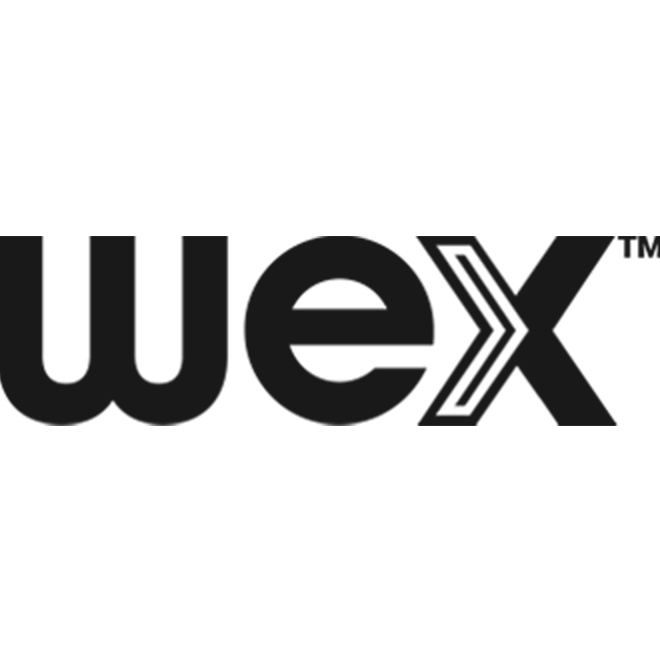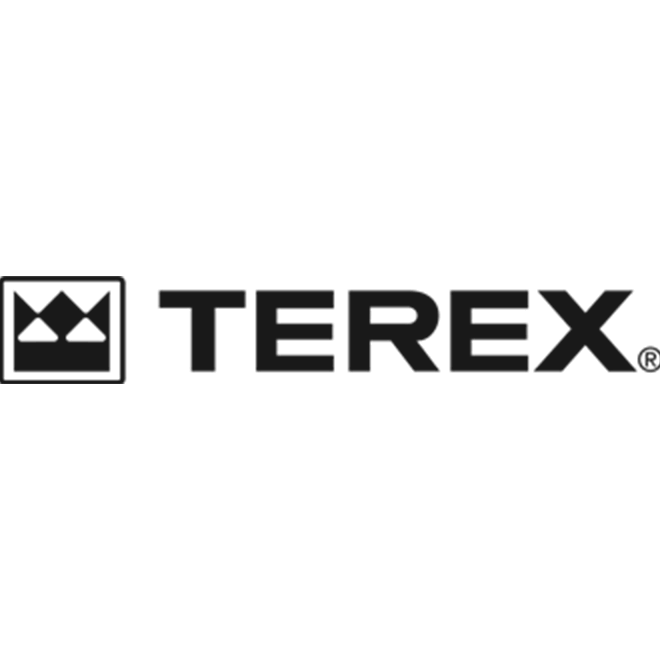- Why bat365
- Products
- HYBRID CLOUD FILE PLATFORM
 bat365 CloudFSConsolidate file data, boost resilience and increase productivity with immediate global data delivery
bat365 CloudFSConsolidate file data, boost resilience and increase productivity with immediate global data delivery
 bat365 EdgeExtend secure, performant file access to remote and authorized external users at the edge
bat365 EdgeExtend secure, performant file access to remote and authorized external users at the edge
 bat365 Data ServicesGet complete visibility, always-on governance, and real-time global data search and retrieval
bat365 Data ServicesGet complete visibility, always-on governance, and real-time global data search and retrieval
 bat365 Detect and RescueAutomatically detect suspicious file activity in near real time and stop ransomware in its tracks
bat365 Detect and RescueAutomatically detect suspicious file activity in near real time and stop ransomware in its tracks
- DATA SERVICES PLATFORM
 bat365 SymphonyAccess comprehensive data visibility and operations under a single pane of glass.
bat365 SymphonyAccess comprehensive data visibility and operations under a single pane of glass.
-
Discover how to dramatically improve file data resilience and productivity while simplifying operations with our powerful hybrid cloud file and data services platforms.
- Solutions
- USE CASES
- NAS ConsolidationEliminate data silos and endless storage refreshes.

- Global File CollaborationForget delays and version conflicts across multiple sites.

- Disaster RecoveryGain resilience with data that bends but doesn’t break.

- Governance & ComplianceReduce inefficiencies, streamline operations, and prevent costly mistakes.

- Metadata Harvesting

- Data MigrationAccelerate large-scale data migrations with metadata awareness.

- Zero Trust Data BrokerOptimize LLM training and performance in a zero trust environment.

- INDUSTRIES
- Architecture, Engineering & ConstructionImproving time-to-value by securing data & enhancing cross-site collaboration

- Banking, Financial Services & InsuranceDelivering financial value by driving digital transformation

- Healthcare & Life SciencesProtecting patient data, improving outcomes & powering research

- ManufacturingStreamlining workflows & improving efficiency to accelerate time to market

- Media & EntertainmentPowering secure global collaboration & reducing exponential data growth

- Public SectorProviding military-grade security & enabling advanced data compliance

- Resources
- Support
- CUSTOMER SUPPORT
- Global ServicesEnjoy streamlined data migration & world-class customer service.

- Service HubYou deserve the best service the industry has to offer. Get it here.

- Knowledge BaseLearn everything you need to know about bat365 products & services.

- Partner PortalAccess tools & resources designed exclusively for our channel partners.

- Support Informationsupport@bat365
- About
- ABOUT bat365
- Our CompanyWe charted a new path to the top — and it’s a hell of a story!

- Leadership TeamMeet mavericks, motivators & masterminds who drive our success.

- CareersWe’re looking for the best & brightest. If that’s you, let us know.

- Press RoomKeep up with our latest news, insights & company updates.

The fastest hybrid cloud file platform is now also the most resilient.
Immediate file data delivery everywhere. Instant recovery, multi-site efficiency, and unparalleled resilience at enterprise scale.


bat365 Wants To Redefine Hybrid Cloud Data Management For Enterprises.
Complimentary report: Modernize File Storage Data Services With Hybrid Cloud.

bat365 CloudFS Achieves Industry-first FIPS 140-3 Certification.
The art and science of data strategy.
Control, resilience, and delivering insights at scale.
NAS Consolidation
Eliminate data silos and endless storage refreshes. Optimize storage infrastructure with a modern, elegant approach to unstructured data that boosts resilience and enables command and control.
Global File Collaboration
Forget delays and version conflicts across multiple sites. Accelerate collaboration with global file synchronization so fast, teams can work together on files in real time, wherever they are.
Disaster Recovery
Gain resilience with data that bends but doesn't break. Get ahead of attacks with proactive detection and interdiction. Accelerate recovery with immutable data restored in minutes from snapshots.
Metadata Harvesting
Transform unstructured data into a structured, queryable resource by automatically extracting metadata from large, complex datasets and unlocking the information you need, regardless of its original format.
Powerful, scalable hybrid cloud file and data services platforms that make you more agile, efficient, resilient, and much more productive.
Fuel your digital transformation.
Create a hybrid cloud environment where users, processes, and AI workloads all have immediate, secure access to the file data they need, wherever they need it, so everyone can do their best work.
Control file data sprawl and unconstrained proliferation. Fend off data threats and mitigate disruption with multiple layers of resiliency.
ROI. That's why.
Better outcomes. Lower storage costs. More speed. Greater productivity. Hardened resilience. All from bat365.

Hybrid cloud insights from our blog

We're here when you're ready.
No matter where you are on your hybrid cloud journey, we're here to help. Have questions? Need more insights? Just want to chat without the sales pitch? We’ve got you.











